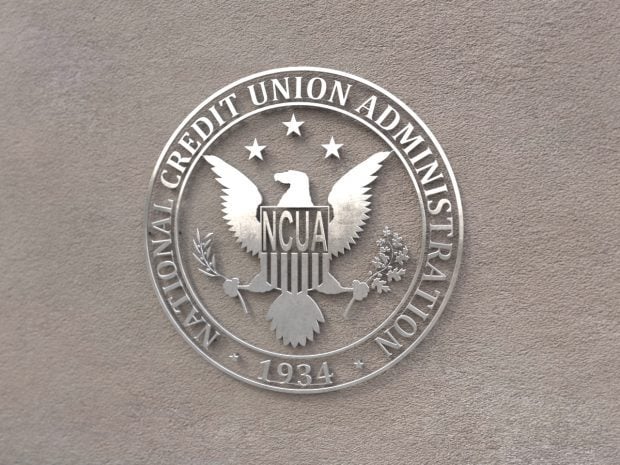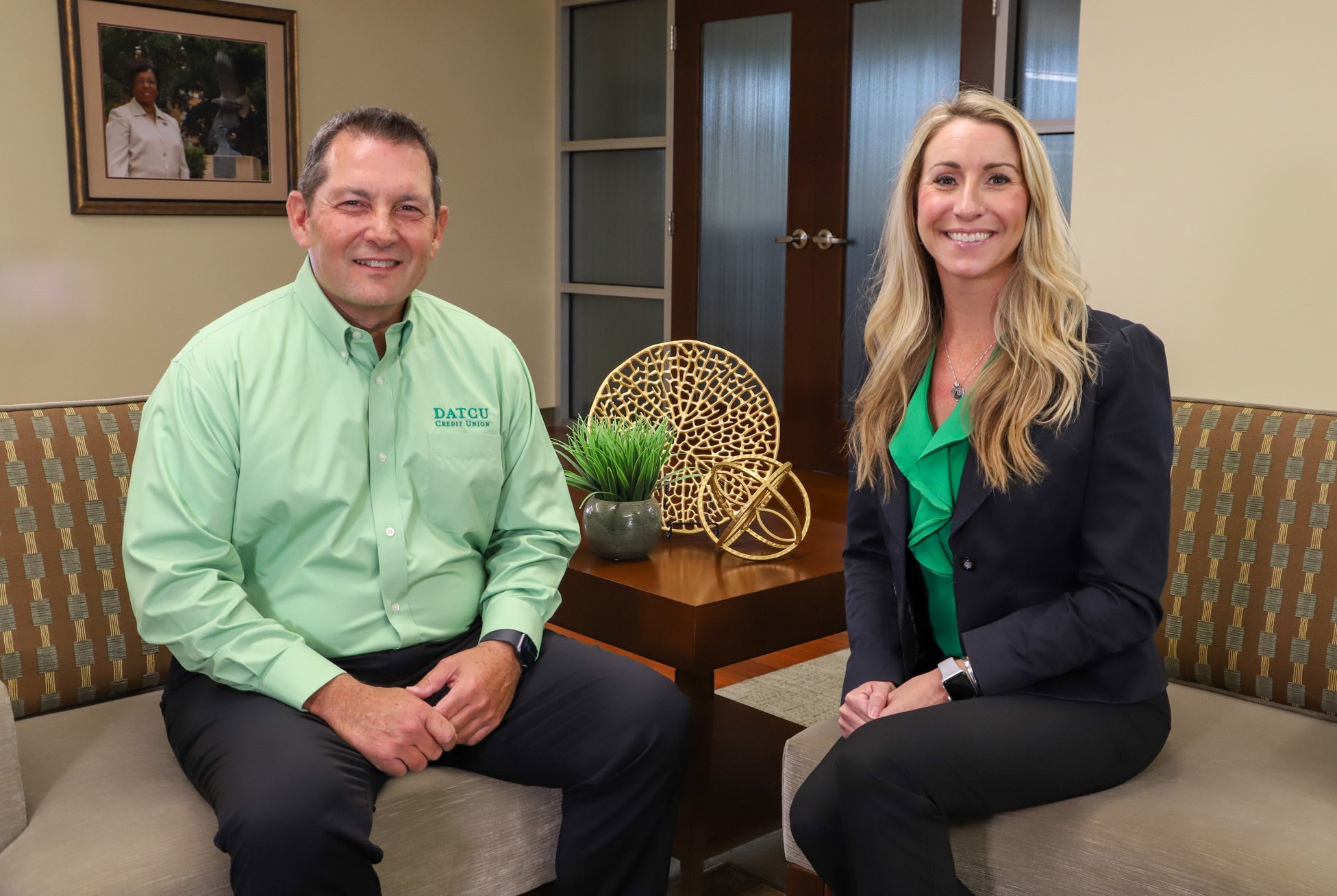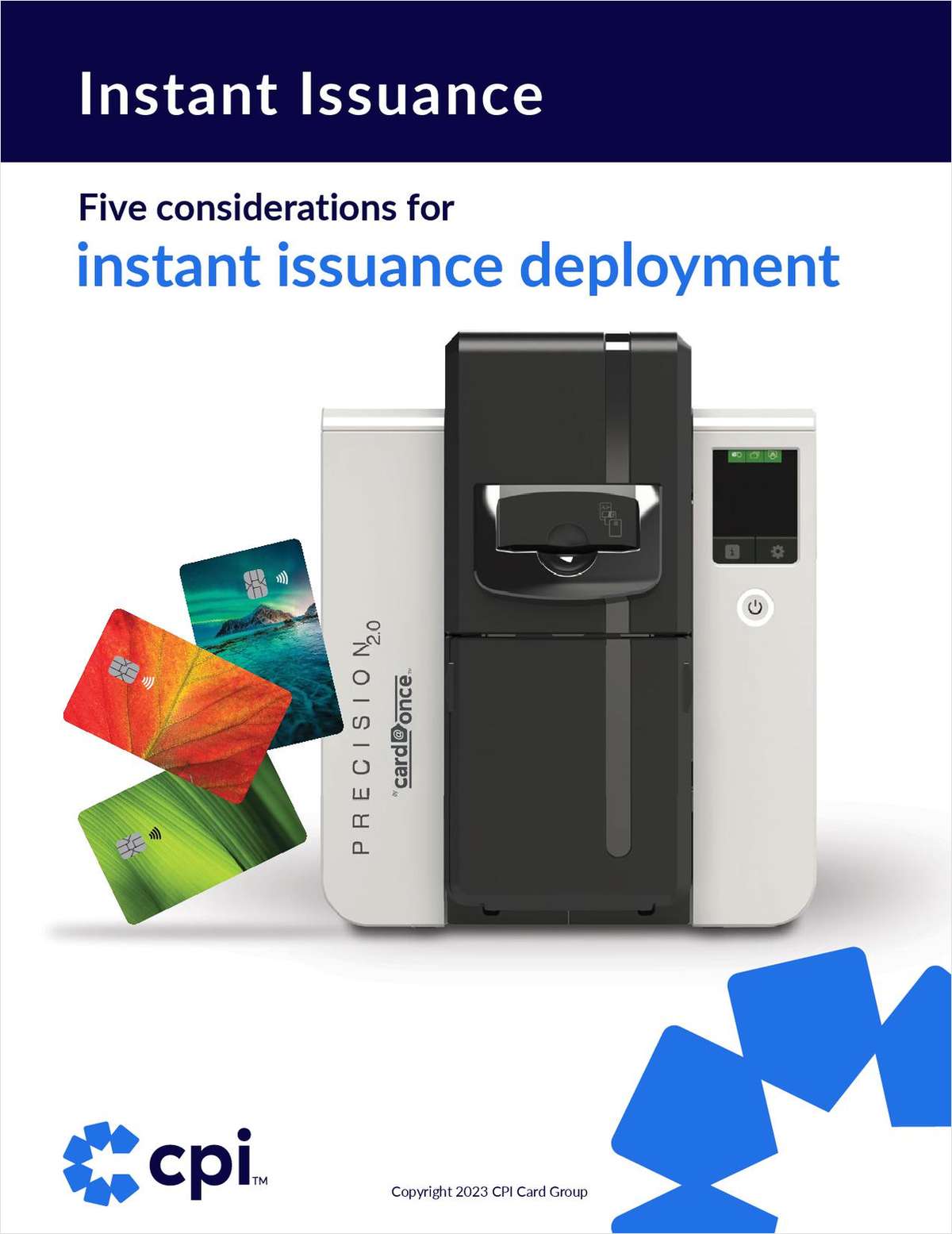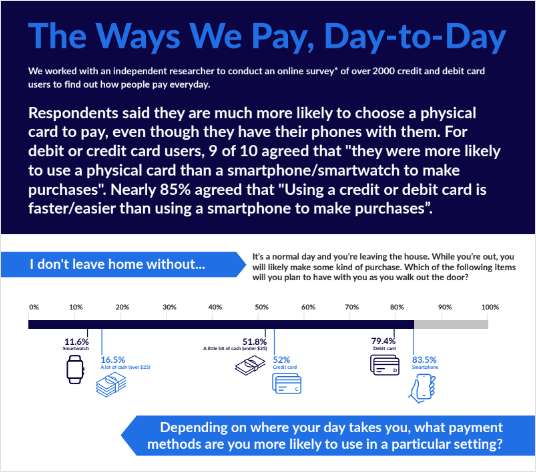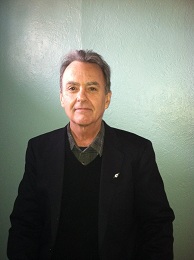 Has mobile banking plateaued?
Has mobile banking plateaued?
Having won over the early adopters, has it hit a wall in terms of converting new users?
Several recent studies have been cited in support of that theory.
Understand, however, that many say that is nonsense. Instead, they say, we are still in the early days of what will eventually become the primary banking avenue, as the sheer convenience of an always-on bank in one's pocket wins the war.
Detractors point to the Federal Reserve's recent study, “Consumers and Mobile Financial
Services 2014,” as exhibit A in the plateau argument. Buried in the report are intriguing data points, including:
* The share of smartphone users who have made a mobile payment in the past 12 months has remained constant at 24%. Among all consumers, only 14% have done so.
* Only 30% of consumers said they have used mobile banking in the past 12 months.
* Among mobile banking users, only 38% have made at least one mobile remote deposit capture transaction in the past year.
In other research, conducted for UK ID security firm Intercede, a startling 44% of consumers said they would never use a mobile banking service. Forty-eight percent said they have no interest in a mobile payment app. Some 63% cited security worries as their hang up when it comes to using a phone to move money.
Add these data points together and has mobile banking's shark jumped?
Industry experts and credit union executives alike said the truth is the exact opposite.
“There's no plateau,” according to Doug Brown, a senior vice president at Jacksonville, Fla.-based fintech company FIS. “We see steady growth in mobile.”
He added that among FIS's mobile banking customers, after the platform has been up 18 to 24 months, one-quarter to one-third of [members] are active in mobile.
“We see a little over 30% of mobile users using MRDC” said Brown, adding that for a technology that has been around only five years – it was introduced by USAA in San Antonio in 2009 – that is very fast adoption.
“I think 39% is high, for a technology that is so young.” Added Andrew Tilbury, chief marketing officer at Henderson, Nev.-based fintech provider Bluepoint Solutions. “To see MRDC take off at the same time check usage is declining says quite a bit.”
Alan Bernstein, president of Burlington, Mass.-based technology CUSO Vertifi, offered that numbers to prove the point that mobile banking is on the rise.
“Across hundreds of credit unions, our most current stats demonstrate year-over-year growth in registered and active – active equals one or more deposits per month – service users in the 100% and 80% ranges, respectively,” he said. “This is down from the previous five years when year-over-year growth across both categories averaged 150%. I would not characterize these growth rates as stalled. Surely, the product is maturing.”
At mobile app developer Malauzai in Austin, Tex., co-founder Robb Gaynor shared the company's adoption statistics over some 200 financial institutions.
“Ninety days after introducing the app, we are at 15% of members. That's a consistent stat.
After 12 months we are 25% to 30% of members. Thereafter, we see 3% to 5% growth per month. Our best in class financial institutions already are at 50% of members on mobile banking,” he said.
Gaynor summed up: “We are seeing really, really healthy growth in mobile.”
Linda Armyn, senior vice president of corporate affairs at the $5.7 billion Bethpage Federal Credit Union on Long Island, N.Y., offered insights into how to succeed with mobile banking. “We quickly achieved a 49% adoption rate, and it has kept pace with new checking accounts. Now we hover around 50 to 51%,” she said. “In order to increase the usage, credit unions need to look at mobile banking holistically as part of the overall member experience and not just a low cost service that is provided. Members increasingly want fast, intuitive apps that let them conduct their financial business on their terms on their favorite devices.”
At America's Christian Credit Union, a $281 million institution in Glendora, Calif., Assistant Vice President Bruce Lund said his 46,000 members particularly appreciate mobile remote deposit capture because it lets the far-flung membership, scattered across many states, deposit from wherever they are.
“We have people all over the U.S., that's why we have had a strong response,” he said.
Lund said that “around 1,000 members” regularly use MRDC and the number keeps climbing.
Add it up and, yes, the rate of mobile banking and MRDC adoption may be slowing. But, said many experts, that is no sign of a plateau, so much as it is a sign of a technology that won early adopters already and now it is a matter of winning over holdouts.
The sentiment is, they will come. It won't happen overnight but, little by little, the mobile platform is triumphing.
Complete your profile to continue reading and get FREE access to CUTimes.com, part of your ALM digital membership.
Your access to unlimited CUTimes.com content isn’t changing.
Once you are an ALM digital member, you’ll receive:
- Breaking credit union news and analysis, on-site and via our newsletters and custom alerts
- Weekly Shared Accounts podcast featuring exclusive interviews with industry leaders
- Educational webcasts, white papers, and ebooks from industry thought leaders
- Critical coverage of the commercial real estate and financial advisory markets on our other ALM sites, GlobeSt.com and ThinkAdvisor.com
Already have an account? Sign In Now
© 2025 ALM Global, LLC, All Rights Reserved. Request academic re-use from www.copyright.com. All other uses, submit a request to [email protected]. For more information visit Asset & Logo Licensing.



